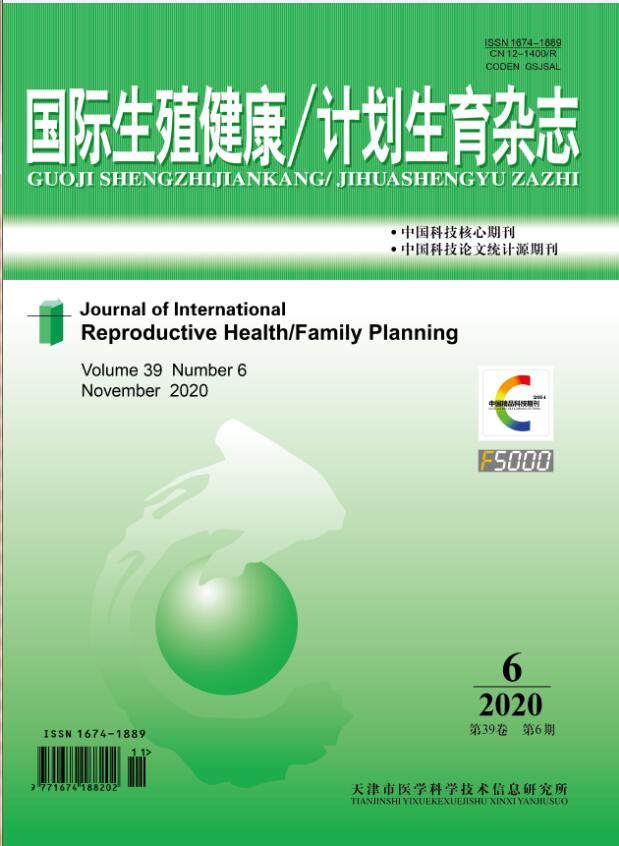|
|
Analysis on Contraceptive Knowledge and Related Factors of Migrant Population in Chengdu
LI Yi-ran, WU Jun-qing, LI Yu-yan, ZHAO Rui, ZHOU Ying, JI Hong-lei, YU Lin-lin
2018, 37 (3):
221-224.
Objective:To investigate the knowledge status of contraception in the migrant population, so as to explore the factors related to contraceptive knowledge in the migrant population. Methods: A stratified cluster sampling method was used in this study. In the factory, construction site and service site of Chengdu Wuhou District and Chenghua District, 2 124 were randomly selected as the research object of the migrant population. Results: There were significant differences in the average score of contraception knowledge related to the marital status, sex, education background, average monthly earnings, census register, mode of living, regularity of sexual activity, and whether to take contaceptives (all P<0.05). The score of contraception knowledge was severally related to age, sex, education background, average monthly earnings, census register, and whether to take birth control. Compared with the objects aged 20 to 29 years, the objects aged 40 to 49 years gained low score of contraceptive knowledge. Compared with women, male objects gained low score. Compared with the objects with the bachelor or higher degree, those objects with junior education even gained higher score. Compared with the objects with monthly income≥7 000 yuan in last year, the objects with monthly income <1 000 yuan gained low score of contraceptive knowledge, while those objects with monthly income 5 000-6 999 yuan gained higher score. Interestingly, the rural objects gained higher score than the urban objects. It was understandable that those objects who took contraceptives gained higher scores than the objects who did not take contraceptives (all P<0.05). Conclusions: Concern of the contraceptive knowledge in the migrant population of male, middle and elderly age, well-education, high-income or low-income, not take contraceptives and urban population is obviously inadequate, suggesting that the contraceptive knowledge should be further popularized.
Related Articles |
Metrics
|

